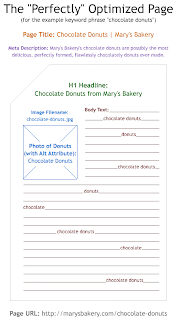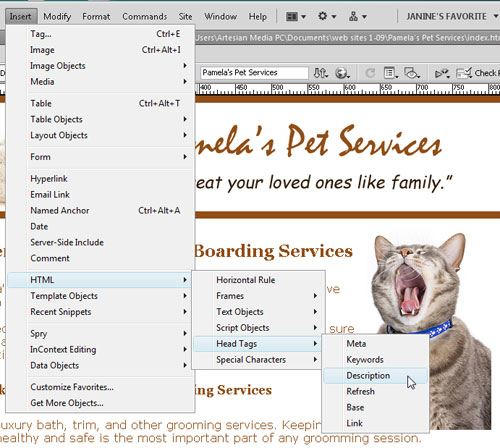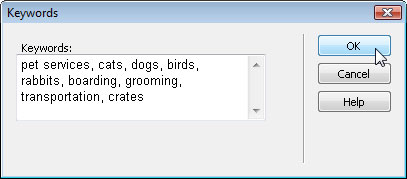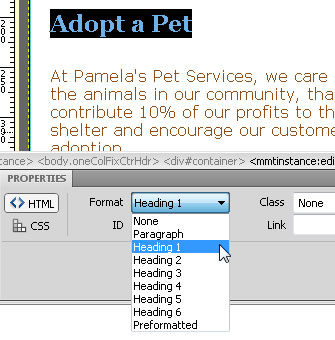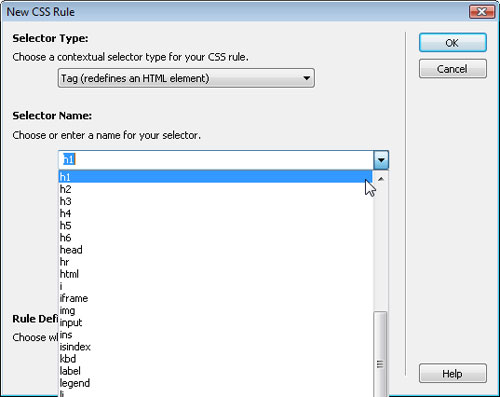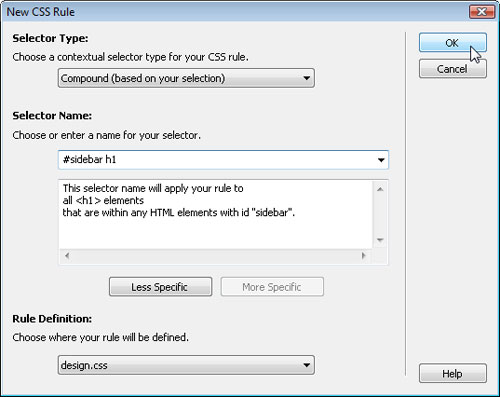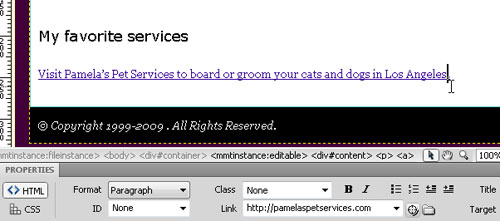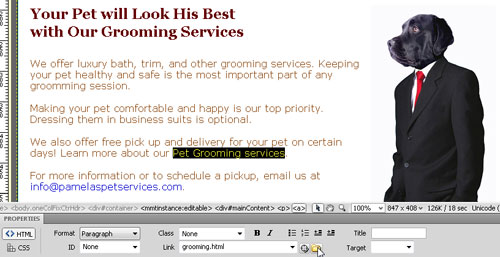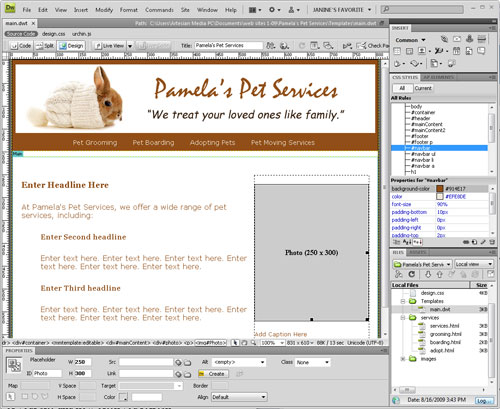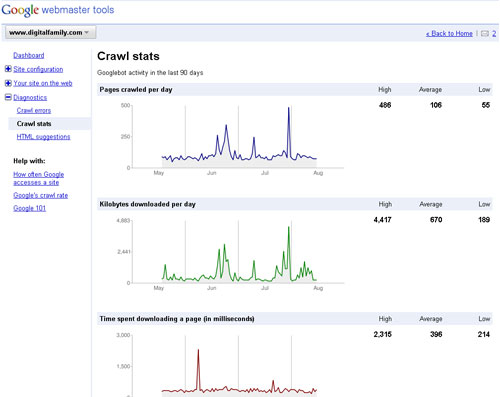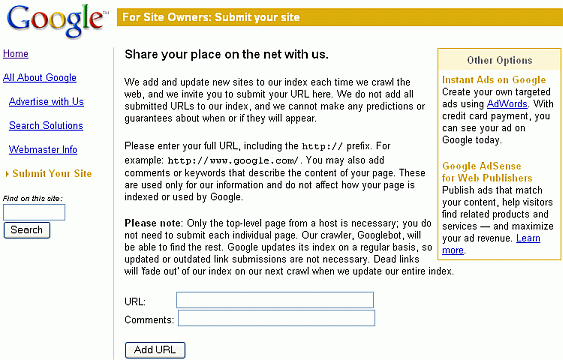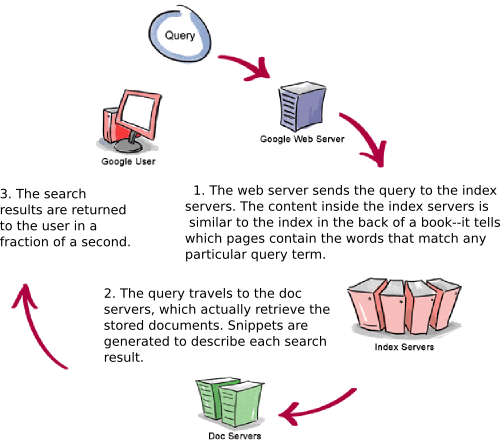Google Ranking Algorithm
How to build a Perfectly optimized page?- SEO
If you are referencing, you've probably heard this question a lot. Yes, there is no clear answer for this question, but there are sets of some best practices where we can learn from and sharper to help get around. In this article I will share some of the best recommendations for the successful on the page keyword targeting "perfection".After reading the entire article you will not ask any one or you will not question yourself "How to build a fully optimized page?"
Look at the image below, it shows the clear idea about How to build a Perfectly optimized page?
Now i will explain Some of the important HTML tags useful for SEO to build Perfectly optimized page based on Google Ranking Algorithm
* Title Tag - The main page is a key element of the word, the page title should preferably use the term word / phrase as the first word (s). Our correlation studies, It 'clear, using the term word / phrase as the very first words in the page title is the highest correlation with the placement, and subsequent almost perfectly correlated to lower ranking.
* Meta Description Tag - Every time Google and so many websites keep on saying Meta description tag is not a ranking factor for SEO, But what i suggest is to use Meta Description tag. The reason for using this meta description tags is, it tells the user whether he can click on the link or not in search results, means meta description tag tells the user that whether the page is relevant to his search term or not. this means it is a factor for relevancy.
* Meta Keywords - Google Ranking Algorithm stopped ranking for Meta Keywords Tag long back and hope it will never come back for using Meta keywords tag.Google found that so many websites trying to use irrelevant keywords in meta keywords tag to capture more visits.When Google found this, with in few days Google changed its algorithm by not considering the meta keywords tag.
But now yahoo is the single search engine for considering the meta keywords for rankings and Microsoft Bing set to take over Yahoo! Search, last September to take on tag is now gone.
* Meta robots - although it is not necessary, it should take, be sure not to include such guidelines as may prevent access by search engines.
* Rel = "canonical" - the largest and most complex of a website, the more Google Ranking Algorithm recommend that you use the canonical URL tag to avoid duplication or unintentionally, the URL attached strings to create a problem for engines and link juice fragmentation potential.
* Other Meta Tags - Meta tags such as those offered by the FGDC and DCMI is convincing, but does not currently provide any benefit for SEO in the big engines and add unnecessary complexity and download time.
SEO Tips when writing URL's or Search engine Friendly URL's:
* Short URL looks better in search results and also dont forget to include your most targeted keyword in the URL.
* Hyperlinks are still most important to separate words(ABC.com/buy-books-online.asp is much better than ABC.com/buybooksonline.asp). But Remember that this should be good for SUb domains not for root domains.
Content Optimization for SEO(Web page Optimization):
* Number of repetitions of key words - According to Google Ranking Algorithm ,there is no Exact optimal number of times to use a key word on the page but i suggest - "2-3X short sides, 4-6X the longest, and never more sense for the copy.
* Keyword Density - This is the important this you need to consider when you are doing ON Page Optimization, But the question is what is the good keyword density?.
The Good Keyword Density for Google is 2.0 to 2.5%
The Good Keyword Density for Yahoo is is 3 to 5%
The Good Keyword Density for Bing is also 3 to 5%.
If you are using more above 3% Google may consider as spam, I would suggest you to use 2.0 to 2.5% as the The Good Keyword Density for Google is 2.0 to 2.5%, it is not a spam but you will get rankings in Yahoo and bing also but it may take some more time comparing to Google rankings.
Links to other Pages(internal Linking):
it is the right time to ignore the links to other pages using images or graphics, it will not help you in any way.Use internal linking with images if necessary, even if you are using image links i suggest you to use text links also at-least use footer for this.When you are using text links use the most relevant keyword of the going page as a anchor text, this technique help a lot to get organic rankings, "click here" will not work for you.
H1 Tag for Better Search Engine Rankings:
As H1 tag tells the user about "what the whole page is about?", it is very important to use H1 tag at top of the page.If you are trying to use your most targeted keyword in the begging of the H1 tag definitely it will help for better rankings in Search Engines.
Other Header tags(H2,H3..H6): Acording to Google Ranking Algorithm Even smaller than the H1, my recommendation is that they apply only if necessary.
Alt Tags: After the Panda Update So many Search engine Optimization Guru's using Alt tags, Panda Update is a lesson for all who are not using alt tags before the panda.So here i strongly recommend to use the ALT Tags.
Other Tips: Use the different fonts when it is required Ex: Bold, italic, etc..
Finally you may ask me why i should follow what you are writing in your blog, you are right here is the proof from Components of Google Ranking Algorithm by SEOMoz.
Image: How Google Ranking Algorithm Works?
Please add your comment here if i am giving any information which is not true.Thanks for visiting my Blog More Traffic with SEO submitted by Veerender
